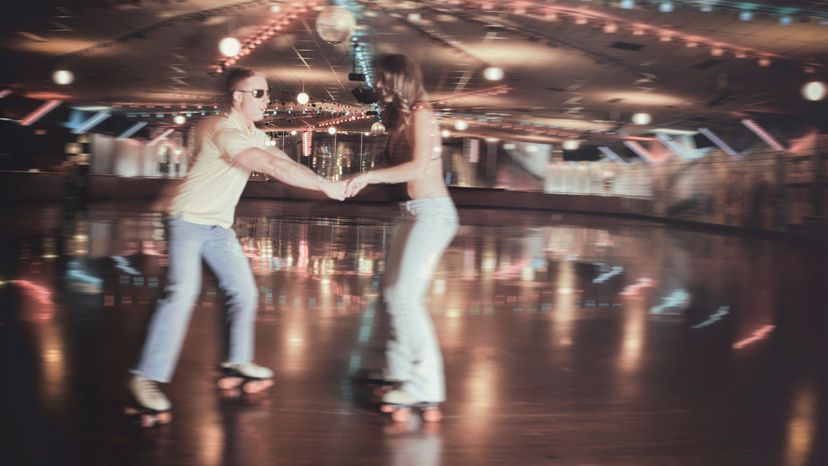
Key Takeaways
- In the 1970s, disco music and culture emerged, influencing today's pop and techno genres.
- Afro hairstyles symbolized Black pride and beauty in the '70s.
- Roller-skating and CB radios were popular pastimes, reflecting the era's fun and communication trends.
In the wake of the political upheaval and social reform of the 1960s, the 1970s may seem fairly frivolous. Sure, there were discos, polyester suits, and gold chains, but there was much cultural and political change happening as well. The second wave of feminism, the end of the Vietnam War, Roe v. Wade -- many ideas that are de rigueur today were introduced in the 1970s. Read on to learn about the crazes that made this decade so far-out.
1. Disco
In the 1970s, disco arrived armed with keyboards, drum machines, sugary lyrics, and extended dance breaks. Artists such as the BeeGees, ABBA, and Donna Summer crooned their way into the hearts of people in America, Europe, and beyond. Bell-bottom pants, feathered hair, and big sunglasses were all disco accessories. Most people knew the lyrics to "Stayin' Alive" whether they liked it or not, thanks to disco movies like Saturday Night Fever. Disco music, disco dancing, and disco culture usually get a bad rap for being frivolous and over the top, but today's pop, techno, and club music all have their roots in disco.
Advertisement
2. Afros
The Black Power movement of the late '60s and early '70s claimed the mantra "Black is Beautiful," and the Afro was one way to show solidarity among black people. Rather than continue to straighten their hair, African-Americans let their textured, kinky manes grow unhindered. The effect was a kind of halo or ball shape around the head resembling a dandelion puff and sometimes growing disproportionately large. Anyone with curly hair could achieve this style, made popular by '70s stars such as Angela Davis and the Jackson 5, but it was generally reserved for the "Black is Beautiful" set.
3. Roller Skates
Back in the 18th century, people were hip to the idea of attaching wheels to their feet to get around faster. But not until the 1970s did roller-skating become enmeshed in American culture. As materials and technology advanced, wheels and skates became slicker and faster, and roller-skating became more fun. By the mid-1970s, thousands of roller rinks had opened across the United States. Most rinks combined disco with skating, so patrons could skate under the mirror ball and groove to the music of K. C. and The Sunshine Band while they strutted their stuff.
4. Pet Rock
California entrepreneur Gary Dahl was joking around with friends one night in 1975 about the perfect pet. It wouldn't eat, make noise, or need to be potty trained. Dahl joked that a rock would fit the bill. Everyone laughed, but within two weeks, he had written The Pet Rock Training Manual and marketed the idea at a trade show. A story in Newsweek and an appearance on The Tonight Show followed, and, within a few months, a million pet rocks had sold for $3.95 a piece. Dahl made a dollar for each rock sold, making him an instant millionaire.
Read on to learn about the funkiest fads of the '70s on the next page.
Advertisement